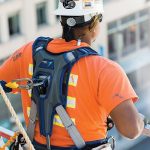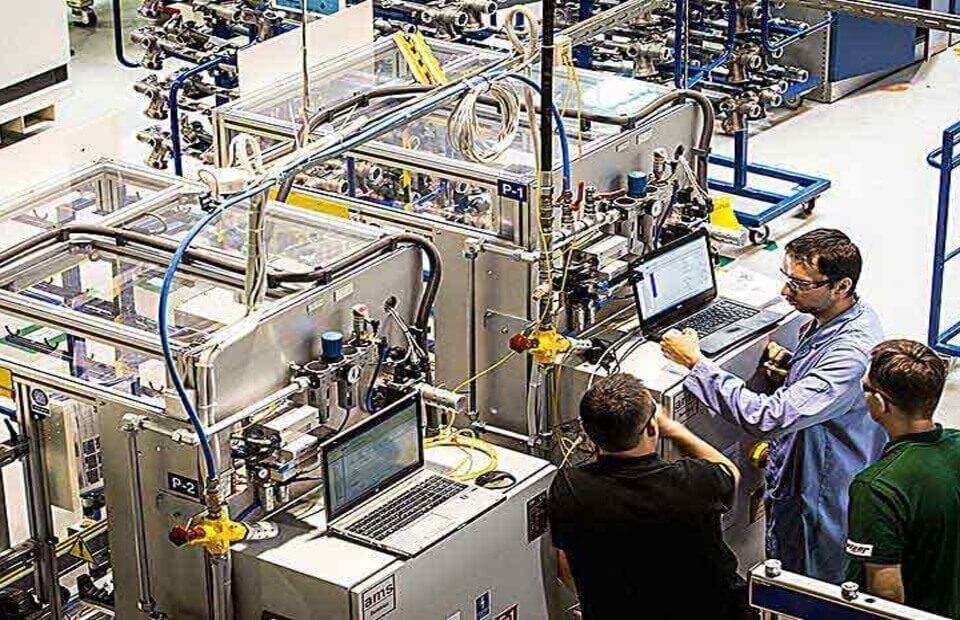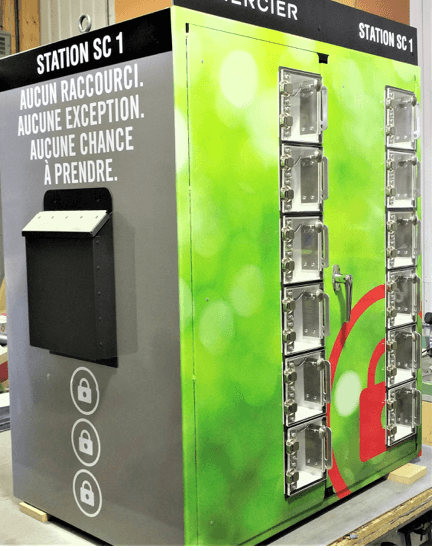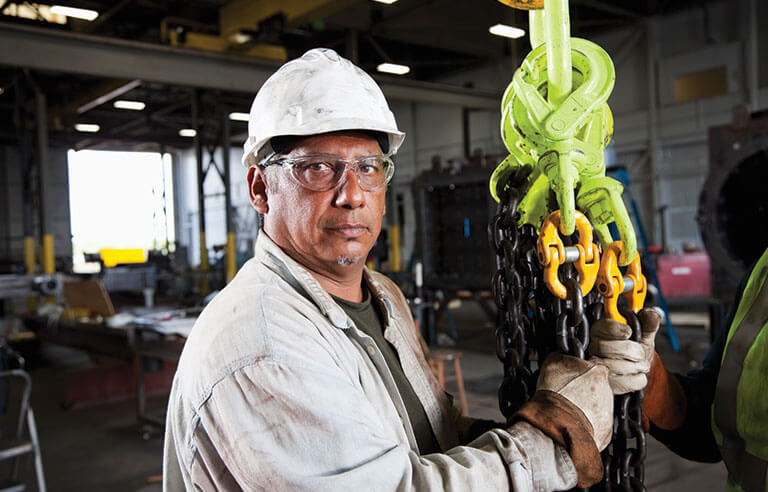
Mastering Height Safety: Essential Strategies for Protecting Workers at Elevation
July 18, 2022
Boosting Safety & Productivity on Industrial Sites: Proven Strategies
July 18, 2022
Mastering Height Safety: Essential Strategies for Protecting Workers at Elevation
July 18, 2022
Boosting Safety & Productivity on Industrial Sites: Proven Strategies
July 18, 2022In industrial environments, ensuring worker safety in confined spaces is a critical responsibility. From tanks and silos to tunnels and sewers, these spaces present significant hazards due to limited access, restricted ventilation, and dangerous atmospheres. This guide outlines key strategies to mitigate risks, emphasizing thorough risk assessments, strict safety protocols, proper personal protective equipment (PPE) use, and expert safety consultations.
Identifying Confined Spaces and Their Hazards
Effective safety begins with recognizing confined spaces and understanding their unique dangers. These environments are not just defined by their size but by restricted entry points and hazardous conditions like oxygen depletion or toxic gas accumulation. Proper identification and risk evaluation lay the foundation for a safer worksite.

Implementing Rigorous Safety Protocols
To minimize risks, establish clear and enforceable safety procedures, including:
- Defined Roles and Responsibilities – Assign tasks to qualified personnel to ensure accountability.
- Entry Permit System – Use a structured permit system to manage and track confined space access.
- Comprehensive Training – Equip workers with the knowledge and skills to navigate confined spaces safely.
- Emergency Response Plans – Develop and routinely drill rescue procedures to handle incidents effectively.
A structured approach to safety ensures workers operate with reduced risk and increased confidence.
Providing Workers with Essential PPE
PPE is a vital safeguard in confined space environments. Depending on specific risks, workers may require:
- Respiratory Protection – Shields against hazardous air conditions.
- Fall Protection & Harnesses – Ensures secure entry, exit, and movement.
- Eye & Skin Protection – Defends against harmful substances and contaminants.
Proper training on PPE usage enhances its effectiveness and worker safety.
Moving Beyond Compliance: Building a Safety-First Culture
Confined space safety extends beyond meeting regulatory requirements—it’s about creating a culture of proactive risk management and worker protection. By committing to detailed risk assessments, strong safety measures, proper PPE, and expert guidance, industrial leaders can safeguard their teams in even the most challenging workspaces.
For high-quality industrial safety products, custom signage, and tailored workplace solutions, EZSecur has you covered. Visit www.ezsecur.com to explore our full range of safety solutions.





